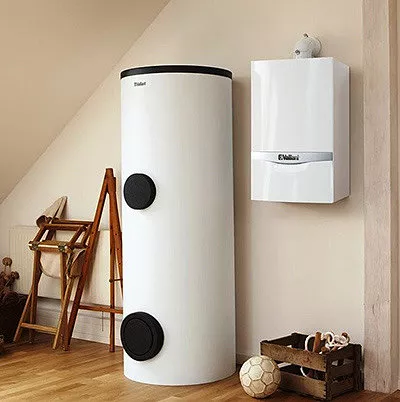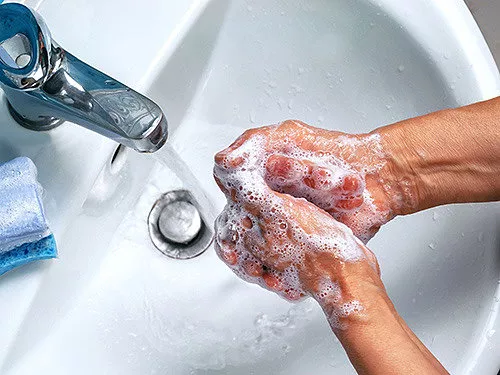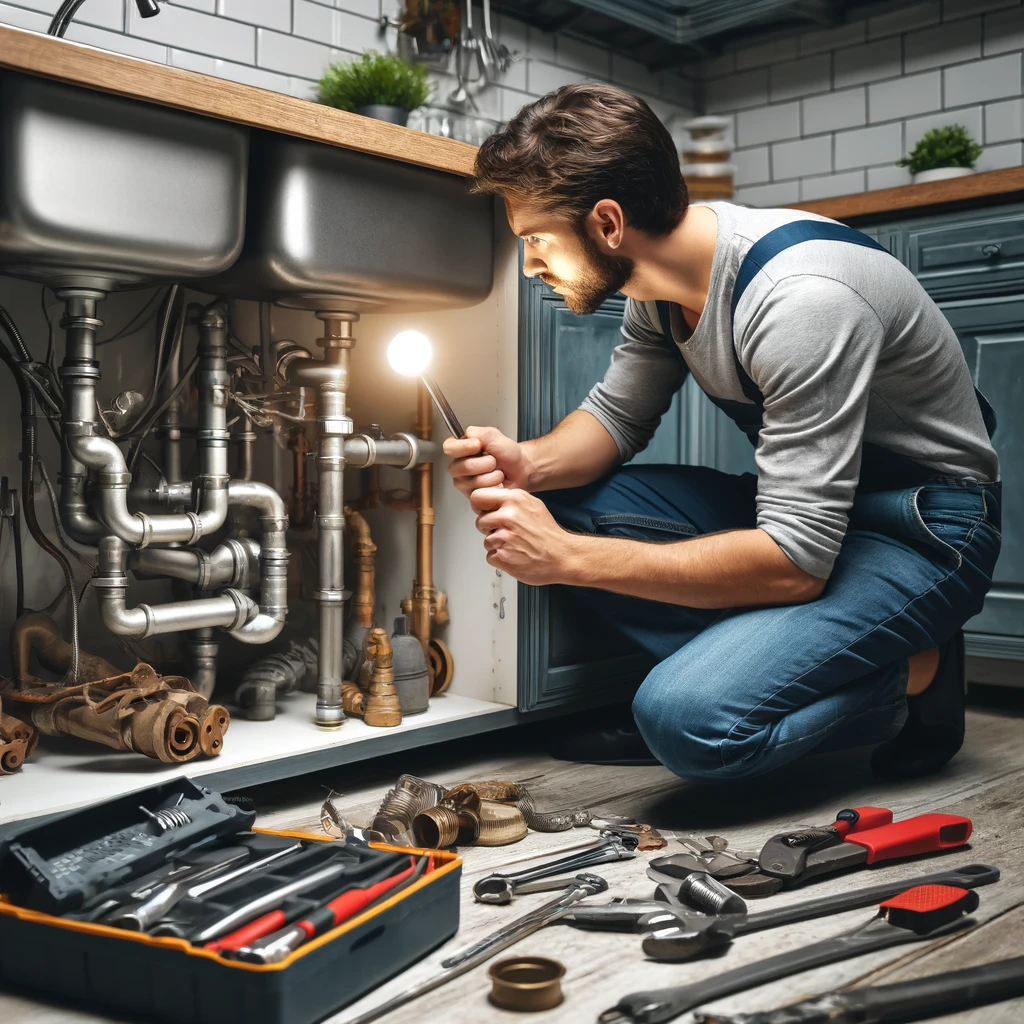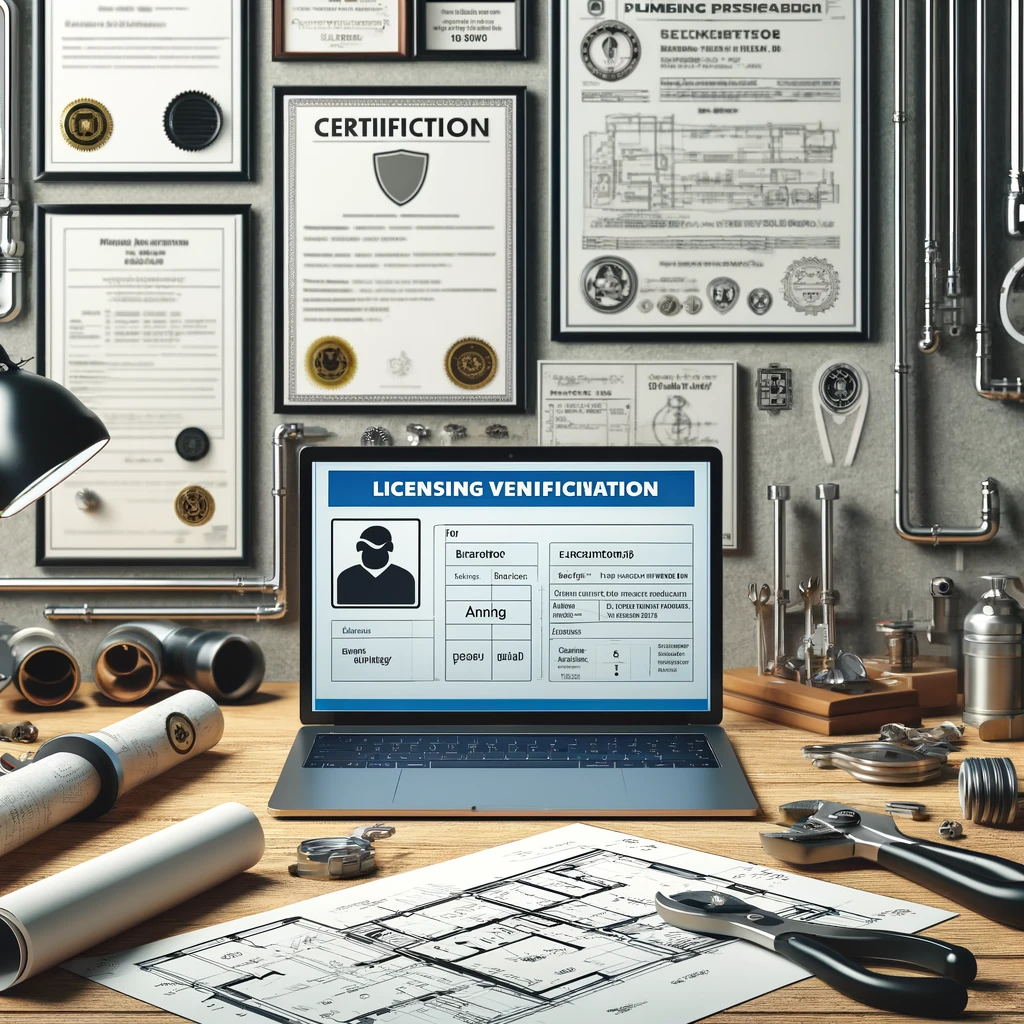An indirect water heater is a device for providing uninterrupted hot water to private homes and cottages. The device is heated by other heat sources (using the principle of heat exchange). A solid fuel or gas boiler can be used for heating. Installing an indirect water heater reduces heating costs and prevents sudden drops in tap water temperature.
Water heater device
The device has a simple design. Externally, the device resembles a cylinder.
Water heater design. The heater consists of the following elements:
- Outer casing;
- Insulation layer (to maintain a high internal temperature);
- Inner tank;
- Heat exchanger;
- Magnesium anode;
- Thermostat.
Thanks to the insulating layer between the outer casing and the inner tank, the boiler retains heat for a long time. The water temperature decreases by 3-4 degrees Celsius every day (depending on the model and the outside temperature). The thermostat maintains the set parameters, and the heat exchanger ensures rapid heating.
The heat exchanger is located in the inner tank and has a spiral shape, ensuring rapid and uniform heating of the water. A magnesium anode protects the device from galvanic corrosion. All reactions occur with this element without affecting the working parts. It’s important to note that the magnesium anode is subject to increased wear and tear and must be replaced regularly.
Manufacturers offer water heaters that operate solely from an external heat source, as well as combination models with an electric or gas heater. Boilers that use solar panels to heat the working fluid are also available.
Indirect water heaters are convenient in the summer. After the heating season ends, you can switch to alternative heat sources.
Operating principle
The water heater has a simple design and operates on a fairly straightforward principle. A coolant constantly circulates through the coil (a spiral-shaped pipe), heating the water. The coolant is supplied by a built-in pump equipped with an automatic control system. When the set temperature inside the tank is reached, the pump shuts off. When the temperature drops, circulation resumes. The set temperature is controlled by a thermostat. How a Water Heater Operates
Thanks to a layer of thermal insulation (usually polystyrene or polyurethane) between the inner tank and the storage tank, the water maintains the set temperature for a long time. And in cases of high flow rates, rapid heating is ensured by the coil pipe.
Indirect water heaters also have inlet and outlet pipes. The inlet pipe is used to connect to the heat source, through which the coolant flows into the coil pipe. The outlet pipe supplies heated water to the faucet.
Pros and cons
The advantages of indirect water heaters include:
- A large storage tank that provides a large supply of hot water;
- Fast heating;
- Long-term heat retention (the device is designed like a thermos);
- Quick restoration of hot water volume (this feature allows several people to use hot water simultaneously without causing problems);
- Reduced energy costs for hot water supply;
- The ability to supply water to multiple points simultaneously;
- The ability to use gas, electricity, or solar energy as heat sources (in combination water heater models);
- High efficiency;
- Low cost of hot water;
- Service life of up to 50 years;
- Protection against corrosion, overheating, and pressure surges.
Among the disadvantages of indirect water heaters, users note:
- System cost: a boiler and a heating boiler are required, but the high price is offset by the reduced energy costs;
- It takes several hours to initially heat a 100-liter tank;
- Reduced heating system efficiency when the boiler is heated;
- The system takes up a lot of space: both the heating boiler and the water heater tank are large, requiring owners to allocate a separate room for the installation of the equipment.
Types of boilers
Water heaters are classified by installation location as follows:
- Wall-mounted (compact size, small capacity).
- Floor-mounted (large capacity, requires a separate room for installation).
By spatial orientation:
- Horizontal (suitable for industrial use, does not require additional pumps).
- Vertical (space-saving, small capacity, designed for private homes or offices)
Also available are:
- Combined (combines direct and indirect heating, operates on gas or electricity);
- Recirculation (the water heater is equipped with a separate inlet for connecting a recirculation system, providing instant hot water to the faucet).
- “tank in a tank” (the device consists of two tanks: an external one for the coolant, an internal one for the heated liquid, it is lightweight, highly efficient, provides rapid heating of water up to 90C, does not require regular maintenance and replacement of anodes);

Cost of equipment
- Indirect water heaters are not cheap. The price depends on the following factors:
- Manufacturer. Models from well-known global brands will cost more than units manufactured in China at private factories.
- Materials. The most expensive units are those with a brass or stainless steel body and tank.
- Model type (tank-in-tank, recirculation, etc.).
- Storage tank capacity.
- Additional options (safety valves, removable coil, connection to an alternative heat source, etc.).
How to choose an indirect water heater
When choosing a device, pay attention to the following parameters:
- Boiler Capacity. Before purchasing, it’s important to determine the capacity of your boiler. If you buy a boiler with a larger capacity, the system may not be able to handle the heating, or it may take a long time to reach the desired temperature, which will also lower the temperature in the heated rooms.
- Water Heater Type. Manufacturers offer wall-mounted and floor-mounted models. To ensure ease of installation and connection, it’s recommended to purchase the same type of device as your boiler. A floor-mounted boiler is suitable for a floor-mounted boiler, while a wall-mounted boiler is suitable for a wall-mounted boiler.
- Coil Material. Some heaters have a steel coil welded to the tank. In more expensive units, the coil is removable and made of brass, which allows for easy descaling.
- Inner Tank Material. The inner layer can be made of glass ceramic, titanium, or stainless steel. A metal coating is more durable and reliable.
- Water heating time. This parameter depends on the volume and material of the inner lining. For example, 100 liters of water will heat up in a glass-ceramic tank in 2 hours, while in a steel tank it will take 30 minutes.
- Dimensions. The size is selected based on hot water needs and available space. A 100-liter boiler will require a separate room.
- Thermal insulation. It is important to clarify the material used for the thermal insulation layer: foam rubber, mineral wool, or polyurethane. Foam rubber wears out quickly, causing the water to cool quickly. Polyurethane and mineral wool minimize heat loss and are wear-resistant and durable.
- Manufacturer’s warranty. Pay attention not only to the warranty period but also to the availability of official manufacturer service centers in your region.
- Coil diameter. The larger the diameter, the less time it takes to heat the water. However, it is important to keep in mind that a larger coil pipe volume requires a higher boiler output.
You should also calculate the volume of water consumed in your home.

According to statistics, a person uses the following amounts of hot water daily:
Washing – 7-17 liters;
Bathroom shower – 65-85 liters;
Dishwashing – 22-26 liters.
These figures should be multiplied by the number of people living in the house, and the volume is calculated based on this figure.
And one last piece of advice: buy indirect water heaters from reputable household appliance manufacturers. Large companies design and manufacture appliances that ensure safety and ease of use. Water heaters are equipped with protection against pressure surges, corrosion, and overheating. Buyers are provided with a warranty,
and if any defects or malfunctions are detected, you can contact a certified service center.


